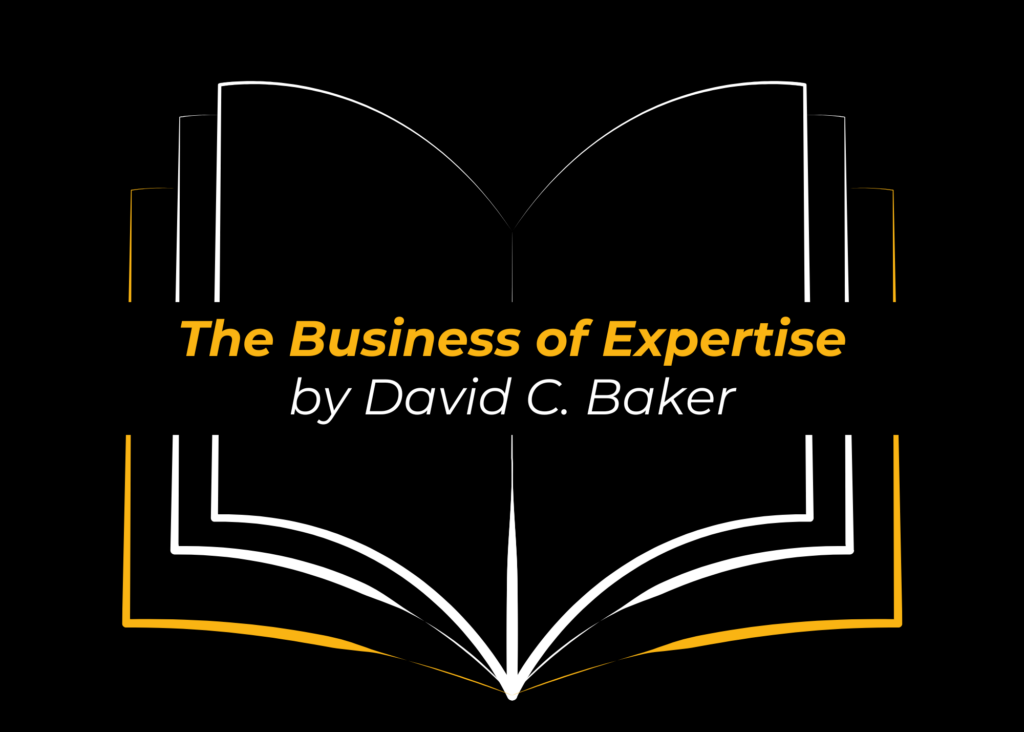A recently published Divestopedia article entitled “The Top 10 EBITDA Adjustments to Make Before Selling a Business” explains common practices in adjusting EBITDA before selling a business for the purpose of helping the seller get the best value from the sale. The process of normalizing a company’s financials is often done by investment bankers before a sale to help show potential buyers the best possible version of a company’s financials with the ultimate goal of getting a higher selling price. The following adjustments are some of the best:
- Non-Arms-Length Revenue or Expenses
- Revenue or Expenses Generated by Redundant Assets
- Owner Salaries and Bonuses
- Rent of Facilities at Prices Above or Below Fair Market Value
- Start-Up Costs
- Lawsuits, Arbitrations, Insurance Claim Recoveries and One-Time Disputes
- One-Time Professional Fees
- Repairs and Maintenance
- Inventories
- Other Income and Expenses
Adjustments in these factors can be crucial to getting the most out of a business sale. Follow the link to read more about how each of them can affect the sale price of a business.
Click here to read the full article.
A recent article published on Axial Forum entitled “Dying is Not an Exit Strategy” speaks on the importance of having an exit strategy and succession plan. There can be nothing worse than the unexpected illness or death of a business owner without a proper plan for the business in place. These unfortunate circumstances will not only burden the family of the owner, but will likely result in the liquidation of a business at a fraction of its true value.
Three important factors to consider when planning a succession strategy include:
- Who will run the business?
- Who will own the business?
- How will proceeds from a sale be distributed?
Whether or not you’re in a position to think about selling your business in the near future, it is still important to think about how you’d like to transition in the event of unexpected circumstances.
Click here to read the full article.
The recent article published in Divestopedia entitled “Who Will Buy My Company?” helps business owners understand the avenues for finding a buyer for their business. With options in selling internally, externally, or a combination of both, there are multiple paths and opportunities to finding the right buyer. Each of these paths can result in a unique outcome, so it is important for a seller to choose the one that best fits their needs.
The article identifies two important and useful steps in understanding who will want to purchase a business: identify best buyers and take an offensive approach. Having at least a general idea of who would even consider buying your business is a great first step, which can be refined with better and more pertinent information over time. Taking an offensive approach involves actively becoming a bigger presence in different communities related to the business or industry, giving a seller better insight into what potential buyers may be interested in.
Click here to read the full article.
The recent article published in Divestopedia entitled “If You’re Selling Your Company, Don’t Get Sandbagged” explains what a “sandbag clause” is and how sellers can avoid them during the transaction process. As explained by the author, sandbagging occurs when a purchaser goes through with closing a deal when they are aware of misrepresentations in a seller’s contract. This is often used as basis for an indemnity claim by the buyer after the sale.
Sellers can get sandbagged in a few different ways, with some of the more common related to the fact that the seller doesn’t know every exact detail about the daily operations of a business. Often times, a buyer can uncover some of the finer details that may have been missed in the contract, which is why it is of utmost importance for sellers to be diligent in the process. As the article suggests, having an experienced M&A lawyer may help to mitigate these risks.


